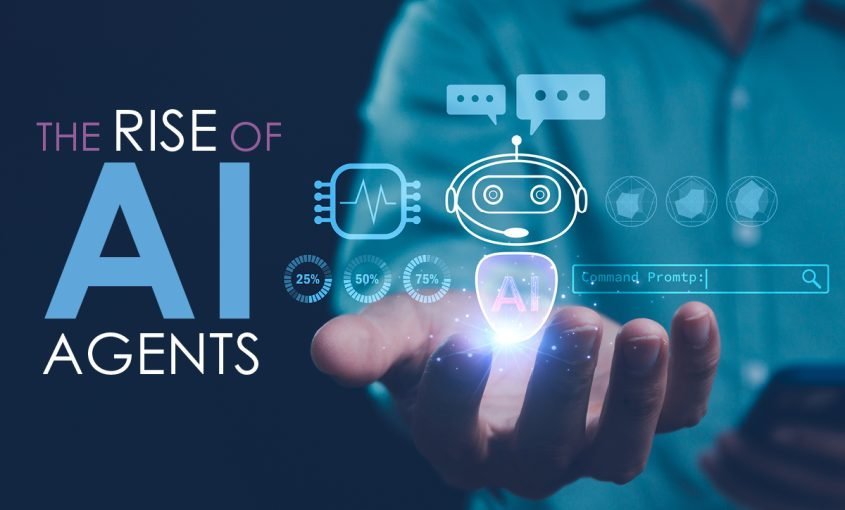Contact maps published in Nature Biotechnology reveal direct contacts or protein interactions between more than 200 proteins. The International Union of Scientists, led by Dr. Pascal Falter-Braun, Director of the Helmholtz Institute for Network Biology (INET) in Munich at the University of Ludwig-Maximilan (LMU) in Munich and Professor of the School of Biology, includes teams from Canada, the United States, France, Spain, and Belgium.
Scientists at the Laboratory of Structural Bioinformatics and Network Biology, led by Dr. Patrick Aloy, a research professor at IRB ICREA in Barcelona, contributed to this work by analyzing the interaction network between viruses and human cells. They found that many viral proteins showed binding preferences for specific domains that are present in a variety of human proteins.
“Thanks to our expertise in structural biology, we were able to add a structural layer to the contact network, thus providing valuable insights,” said Dr. Carles Pons, an associate researcher at the laboratory.
“A better understanding of how viruses interact with our cells is key to pharmacologically preventing them. In fact, this consortium has successfully tested some compounds. Further research will now focus on assessing how genetic variability in the human host impacts these interactions,” Dr. Aloy explained.
In contrast to previous large-scale studies of protein-protein associations, direct protein contacts between viruses and hosts can now be precisely identified. Dr. Frederick Roth, a professor at the University of Toronto Donnelly Center and Sinai Health Center (Toronto, Canada), said: “To truly understand the mechanistic links between viruses and hosts, we need to know how these parts combine.”
By looking closely at this newly discovered set of direct protein interactions (or “contact groups”), the team discovered the connecting chains between viral proteins and human genes associated with infection. For example, they were able to track links between certain SARS-CoV-2 proteins and genetically encoded human proteins that have been associated with increased likelihood of severe COVID-19 in other studies. They also found links between viral proteins and genes, for example, involving metabolic disorders, such as obesity and diabetes. Dr. Falter-Braun said: “We already know that genetic differences in humans play an important role in the course and severity of COVID-19 infection. Thanks to the identification of molecular contact points, it is now possible to examine the underlying mechanisms.” Initial insights include the demonstration that important inflammatory signaling pathways are directly activated by the virus. These contacts may help explain the exaggerated inflammatory response that plays an important role in severe cases of COVID-19. However, contact between proteins points not only to effects on the function of human cells and the human immune system, but also to effects on SARS-CoV-2 function, including the rate of viral replication. The interaction of the virus and human cells can be considered as a visit of the virus to a restaurant: the guest—the virus— was initially only in contact with the waiter, but subsequently, the waiter went to the kitchen and communicated the order to the cook, and the virus was replied again, which in turn affected the virus in this example. Infections and immune responses may differ based on proteins in human cells—i.e., waiters, cooks, kitchen assistants, etc.—that encounter viral proteins.
“Because of this interplay of protein-protein linkages, our system contact maps point to many potential drug targets,” Dr. Falter-Braun said. For example, scientists have been able to confirm that the human protein USP25 is recruited to help certain viral processes, and its inhibitory effect significantly reduces viral propagation. “Many of the technologies and collaborations in this study were developed for other purposes and then quickly ‘turned’ to the COVID-19 pandemic, highlighting the value of basic research investment,” said lead author Dr. Dae-Kyum Kim. To do so, they first had to make some effort to use the latest technology, as mapping contacts sometimes seemed like solving a huge puzzle for international research teams. Scientists have systematically examined and shown interactions between about 30 viral proteins, each of which has been analyzed with about 17,500 human proteins, carefully screening 450,000 pairs of proteins.
No one can achieve such an achievement in such a short period of time if he uses his hand. “When we perform multiple tests on a single dish, we resort to robotics so that each protein type is automatically paired with the other. We use artificial intelligence methods to initially assess whether interactions have occurred,” Dr. Falter-Braun said.




